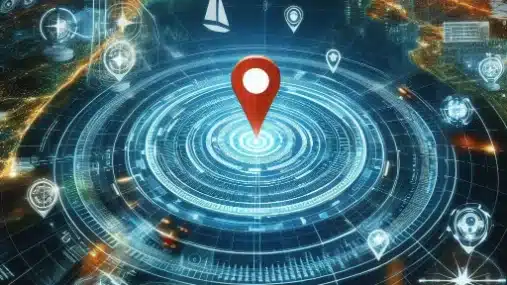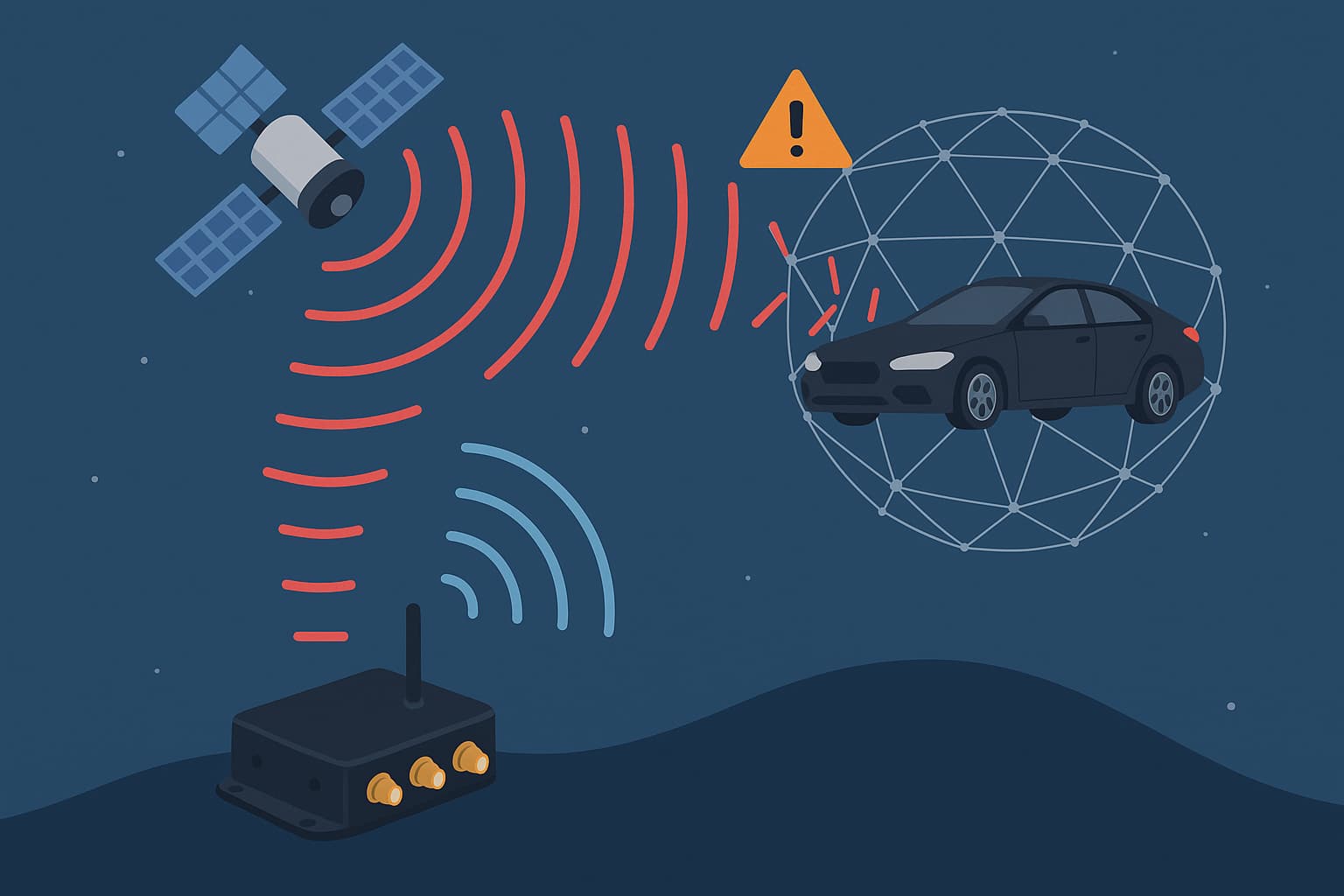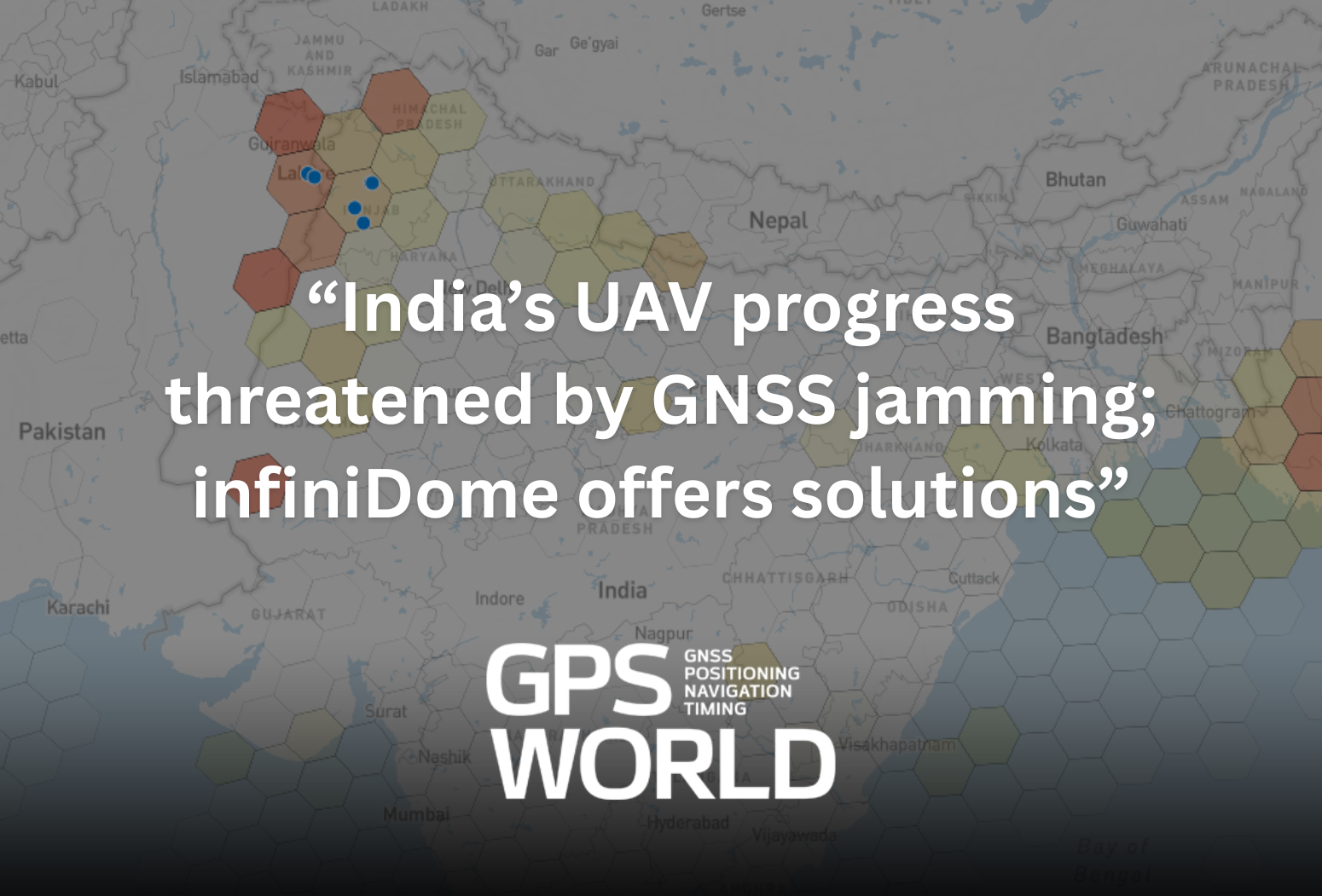In the vast expanse of space, a network of satellites orbits our planet, providing the critical data needed for global navigation, these satellites, part of the Global Navigation Satellite System (GNSS), are the unsung heroes behind the precise positioning and timing information that powers everything from the smartphone in your pocket to the unmanned aerial vehicles (UAVs) soaring above.
Understanding how GNSS satellites work and their distinction from other orbital companions is essential in appreciating their role in our daily lives and the challenges they face.
GNSS is a term that encompasses various satellite constellations, including the United States’ GPS, Russia’s GLONASS, the European Union’s Galileo, and China’s BeiDou, These systems operate by sending signals from space to receivers on the ground, allowing devices to calculate their precise location through a process known as trilateration, By measuring the time it takes for the signal from at least four satellites to reach the receiver, GNSS can pinpoint a location anywhere on Earth with remarkable accuracy.
This capability is pivotal for a myriad of applications, from navigation and mapping to timing and disaster response.
What sets GNSS satellites apart from their orbital counterparts is their specific purpose of providing positioning, navigation, and timing (PNT) services on a global scale, while other satellites may be dedicated to communication, weather monitoring, or scientific research, GNSS satellites are uniquely designed and positioned to cover the entire globe, ensuring that PNT services are available to users anywhere, anytime. This universal coverage is critical for the functioning of modern technology and international infrastructure.
Despite their advanced technology and crucial role, GNSS signals are inherently weak by the time they reach the Earth’s surface. This low signal strength makes them susceptible to interference, whether unintentional from sources like radio towers or intentional through jamming devices, jamming attacks involve broadcasting signals at the same frequency as GNSS satellites, overwhelming the receiver with noise and making it impossible to discern the authentic satellite signal. This vulnerability is particularly concerning for operations reliant on precise timing and location.
When UAVs or other unmanned vehicles are jammed, the consequences can be dire, these applications depend heavily on GNSS for navigation and control.
A successful jamming attack can render them unable to maintain their course, leading to loss of control, potential crashes, or failure to complete critical missions such as emergency medical deliveries or search and rescue operations.
The growing awareness of GNSS vulnerabilities has spurred efforts to enhance the resilience of these systems, measures such as anti-jamming technology, the development of alternative PNT solutions, and international cooperation are vital in safeguarding GNSS services.
As we continue to rely more on GNSS for a wide range of applications, ensuring the security and reliability of these satellite signals is paramount.
In conclusion, GNSS satellites play an indispensable role in modern navigation and timing, setting them apart from other types of satellites orbiting our planet, however, their susceptibility to jamming attacks presents a significant challenge, particularly for UAV operations.
As technology advances, the quest to protect and strengthen these critical assets continues, ensuring that GNSS remains a reliable foundation for global navigation and beyond.





